Table of Contents
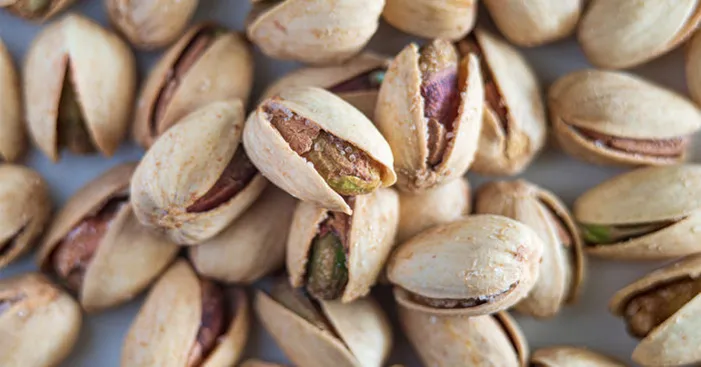
Pistachio sub-products like pistachio milk and pistachio butter are not that hard to make at home.
In fact, these two pistachio products won’t need more than a classical kitchen grinder (or blender) and you’re good to go!
In this article, we gathered everything you need to know about pistachio milk, its health benefits, and tips on how to make and store it.
Also, the second part is delving into pistachio butter and how to choose the best pistachios to make your own butter at home, then we ended this section with tips on how to store and use pistachio butter.
In addition, we all know how expensive pistachios can be, which is why we dedicated the last part of this article to show you the reasons for the high price of pistachios.
Let’s start with pistachio milk…
Pistachio milk:
Let’s get this clear: the only producers of milk are mammals!
Pistachio milk is more like crushed pistachios grounded together with water, syrups …
Since we already know that pistachios are pretty expensive, making pistachio milk seems not smart, but people who tried it have been really delighted by the taste.
The taste is so similar to pistachio pudding, not overpowering but definitely flavorful.
What is pistachio milk?
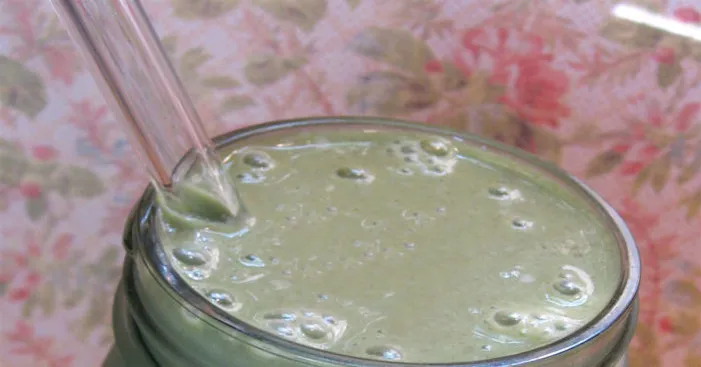
Pistachio milk is one of the many plant-based kinds of milk made of blended nuts and water. (1)
There could be a disagreement about calling it “milk” because it doesn’t contain the animal product.
In that sense, a more accurate name for this drink may be “pistachio juice”.
However, with its fine fragrance and slightly sweet nutty flavor, this drink can be consumed on its own.
As for those who are addicted to sweets, they can add honey or sugar to pistachio milk as it blends perfectly.
Making pistachio milk:

There are a couple of products in the market that are higher in price compared to other nut milk, they cost about $5 per bottle.
However, here’s a simple recipe you can try at home:
- 1 cup unshelled pistachios.
- 4 cups of water.
- 1 vanilla bean.
- 1 tsp of maple syrup.
Blend them all together, and you’ll have a thick mixture that is full of pistachio flavor!
Pistachio milk benefits:

Let’s get this clear: drinking pistachio milk does not have the same benefits as chewing pistachios.
Mostly, this is due to the fact that pistachio milk is basically crushed pistachios diluted in water.
Also, the fiber content decreases during the blending process.
As a result, the nutrients get diluted and eventually are present in a lower concentration in the drink.
As for the commercial products, they use fewer pistachios in the composition in favor of water.
They do that in order to lower the price of their pistachio milk, but it results in fewer nutrients in the drink.
However, if you make pistachio milk at home you can preserve most of the nutrients.
Pistachios are characterized by their excellent carbs content and richness in monounsaturated fatty acids.
These fatty acids are also present in avocados and are a very good ally to the cardiovascular system.
Coupled with phytosterols, regular drinking pistachio milk lowers the levels of bad cholesterol LDL.
In addition, this drink offers a wide variety of antioxidants including anthocyanin. (2)
These phenolic compounds act against oxidative stress and offer anti-inflammatory and anti-cancer properties.
Also, pistachio milk offers resveratrol and vitamin E which both are great protectors to the cell membranes.
Furthermore, a cup of pistachio milk offers more than 50% of our daily need in vitamin B6.
This vitamin stimulates the overall body metabolism of protein and fats as well as the activity of neurotransmitters.
On the other hand, it offers a good amount of vitamin K which regulates blood coagulation.
In addition, 1 cup of pistachio milk is a great source of phosphorus (33%) and calcium (27%). (3)
As for the other minerals, it offers a good amount of Selenium, magnesium, potassium, and copper.
Storing pistachio milk:
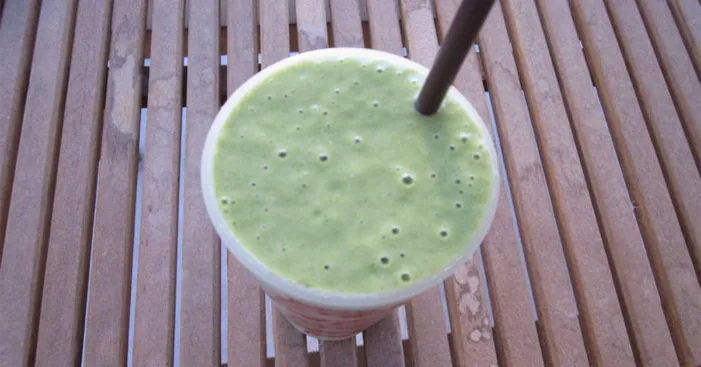
When you make pistachio milk at home, it did not go through a heat treatment therefore it’s fragile.
Because of that, we need to consume homemade pistachio milk as soon as possible.
You can store it in a glass air-tight container and place it in the refrigerator for 4 days maximum.
Commercial products, on the other hand, have gone through a heat treatment process and can last longer.
However, you can store it for a couple of weeks, before it’s opened, in a dry place away from the heat.
Once you open it, you should place it in the refrigerator and consume it within 5 days.
Pistachio butter:
Most people rely on pistachio for pastries, even though the butter used is mostly bought and not homemade.
Unfortunately, many commercial products that claim to be 100% pistachios, are using bitter almonds instead and they just add green food color. (4)
It is pretty easy to make pistachio butter at home!
Basically, like any other nutty kind of butter, you can simply make it by grinding pistachios.
In the process, pistachios release their oil which gives you a smooth buttery mixture that is actually 100% pistachios!
Make sure you toast the nuts very lightly as you don’t want them to dry up, then grind them while they’re still warm.
That is proven to be the best technique for maximum oil release.
(Find also our healthy recipe for Peanut butter here !)
How to choose pistachio to make butter:
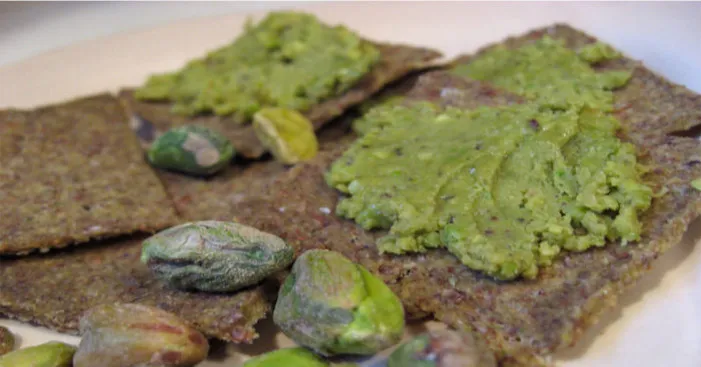
In the market, you can find pistachios peeled or in shells.
Although, there is no difference except for the processing time which is shorter with peeled pistachios.
Nonetheless, getting peeled pistachios may be a little more expensive even though some would disagree. (5)
Our advice would be to get shelled pistachios and peel them by hand on your own.
Think of it, you are making your own pistachio butter and it would be more fun to make everything on your own.
Plus, you may save some money and will not only have a better nutritional value but also a cheaper butter.
To do that, make sure you choose the ones that have a small crack in their shell.
The best pistachios to buy are the ones that have ivory cracked shells not fully open and with no black spots.
Do not get the ones that are fully closed as that is a sign of premature harvesting.
As for the pistachio nut inside, it should be yellowish-green: the greener it is, the more intense its flavor.
Making pistachio butter at home:
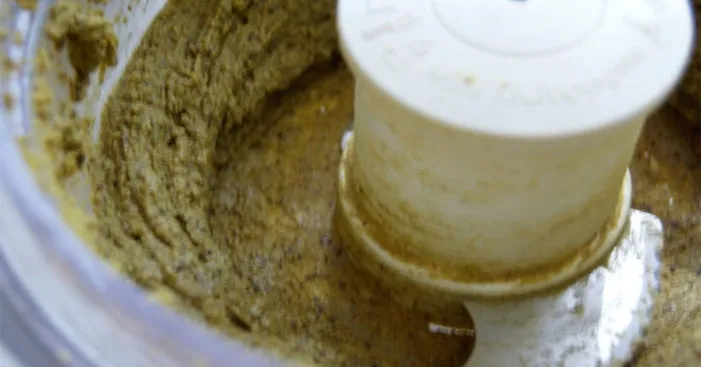
Just like peanut butter, you can find pistachio butter anywhere in the market.
However, you can easily make it at home and you will definitely have a more nutritious butter.
Ingredients:
- 2 cups of pistachios (1/2 lbs, 250g)
- 2tbsp of vegetarian oil.
- 1tbsp of regular butter.
- 2 tbsp of honey or sugar.
- 1 tsp vanilla extract.
Preparation:
- Start by taking off the shells of the pistachios then put them in your kitchen grinder.
- Add vegetable oil and butter to the grinder.
- Grind them for 30 seconds, then pause and add vanilla and sugar and grind again until you get a creamy texture.
- That’s it, your pistachio butter is ready!
Storing pistachio butter:

Once you prepare pistachio butter, put it in an airtight glass jar.
Keeping the jar in a dark, dry, and cool place such as the refrigerator or pantry will extend its lifespan. (6)
In that case, the pistachio butter would last for up to 6 months but it may change inconsistency.
Once the jar is opened, make sure you put it in the refrigerator and consume it within 5 days.
Using pistachio butter:
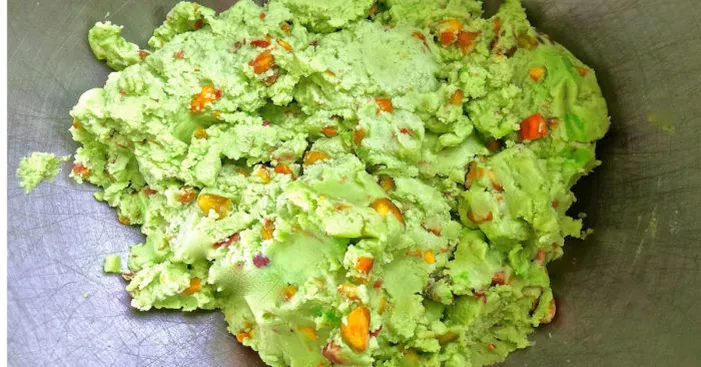
One advantage of pistachio butter is that you can use it in many different ways.
For instance, you can use it to make a seasoning cream for pasta by combining it with salmon.
Also, you can use it to bread salmon or lamb chops before you pan-fry them.
As for desserts, you will have an infinite number of uses for pistachio butter.
You can use pistachio butter to fill your homemade cakes, pies, croissants, or muffins.
In addition, you can use it to add a nutty flavor to your breakfast toast or cereal.
Why are pistachios so expensive?

Usually, whenever there is something expensive it’s a matter of unbalance between demand and supply.
The demand for pistachio worldwide is huge, while the quantity produced cannot cover all the demands.
Back in the 1950s, the only place where pistachios were harvested was the Middle East and Asia, with small farms in South Europe and North Africa.
This nut tree requires specific weather conditions, which is almost like California weather, warm and dry.
Even though the United States is one of the major producers nowadays, it started transplanting pistachio trees only 60 years ago, and some of the plants aren’t fully mature yet. (7)
We can state 3 major reasons why pistachios are hard to harvest:
- The yield per tree is very low compared to other nut trees.
- The plant can’t be harvested every year, as it has irregular growing seasons.
- The nuts must be harvested by hand.
Another reason why pistachios are expensive is, you can’t have other related products from them.
They don’t produce sub-products or any other byproduct for commercial gain.
Walnuts for example are also used for their wood, unlike pistachio trees. (8)
Pistachios are expensive because the plants need long life care to reach maturity, they are pretty selective when it comes to climate.
Even then they won’t produce every year, they’ll still need to be harvested by hands, and the only profit made is from selling the nuts.
They are very delicious though, which is why the demand is more than production!
References:
(1): What Is Pistachio Milk and How to Make Pistachio Milk at Home | Real Simple
(2): Food as MedicinePistachio (Pistacia vera, Anacardiaceae) – American Botanical Council (herbalgram.org)
(3): Pistachio Milk Benefits: What are they? | Pistachio Milk
(4): Pistachio Paste and Butter | American Pistachio Growers (americanpistachios.org)
(5): Shelled vs. unshelled pistachios: A cost-benefit analysis – The Washington Post
(6): FAQ – The Pistachio Factory
(7): History | American Pistachio Growers (americanpistachios.org)
(8): The Properties of Walnut – Designing Buildings
